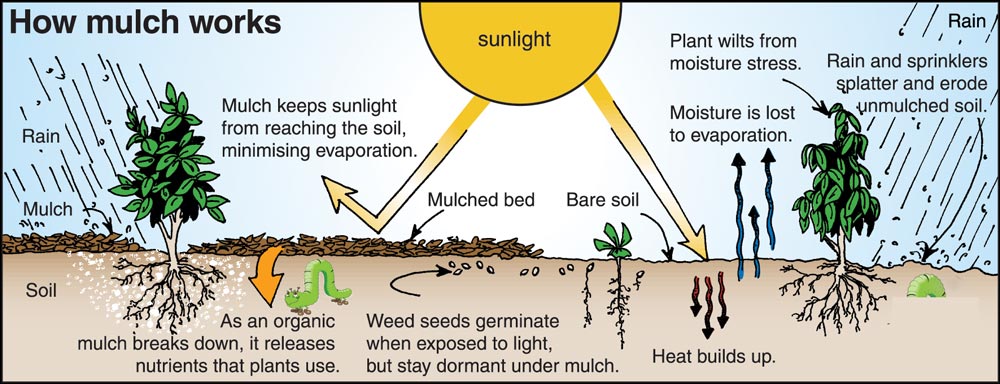The leaves are turning enchanting shades of red and orange before they flutter around us as we walk. It’s both great for the camera and for the soul.
It also means winterizing the house and the garden are just around the corner. Now is the perfect time to harvest, cut back things that are near the end of their season, and begin the winterizing process. Annuals are plants that are killed outright by the frost, while the perennials are preparing for dormancy so they can come back the next year. This makes cooler weather times the perfect time for a little maintenance in your garden, making cold frames, or digging and repairing raised beds. Today’s post, though, is going to focus on some basic winterizing tips.
Basic maintenance
During the fall most people are going about clipping the last of their flowers for the table or gathering food for prepping. While you’re going about this, take a few minutes for basic garden maintenance. Clear out the blackened stems and foliage of annual flowers and vegetables, which prevent the possibility of their harboring disease pathogens and insect eggs over the winter, which you can add to your compost bin for later use after it decomposes and safely destroys the pathogens and eggs in the mix. If you have time for nothing else, do this so you don’t spread disease from one year to the next, then leave the fall blanket of leaves on the ground to help protect roots from the freeze of winter.
If you have more time, though, add a thick layer of mulch. Even though all activity on the top is done for the season, there is a lot going on down below in the soil. New roots are growing, drawing in vital soil nutrients, earthworms and microbes are still munching away on the organics they can find, and new transplants are taking up nutrients in large quantities to prepare themselves for surviving the winter and growing in the early spring. All the elements below the soil need this extra layer of protection from the winter, and your old layer of mulch has likely decayed quite a bit over the summer months.
When you add this new mulch, your aim is to keep the soil temperature as even as possible to encourage the best possible over all growth. This works in all weather, helping your garden to become the best it can possibly be. Once the soil is frozen, mulch keeps it frozen. So if you have shade trees, convert the fallen leaves to mulch and use it throughout your property as one of the easiest, most cost effective mulches around.
That’s the basics, but let’s dive a little deeper.
Preparing perennials, evergreens, and bulbs for the long freeze are slightly different procedures. Treating each type of plant this way will give them the best possible opportunity to not just survive, but to thrive in the winter.
Perennials
Start with cutting back the dead, dry stems after they are finished for the season to the soil level. To make sure they are dead, bend them slightly. If they are springy, they are alive and you should leave them alone to add winter interest to your garden. If they snap, cut them back and remove them to the compost bin.
Evergreens
Cut away diseased foliage and toss them in the trash — these don’t compost well, and the risk of spreading disease to the next year is greater. If you are worried about new transplants or sensitive plants, construct a burlap tent around the shrub to protect it from the blistering cold and drying winds throughout the winter. However, hardy plants should do fine without the shelter.
Bulbs
Bulbs can be heaved to the surface as the soil freezes and thaws. Adding mulch is one way to keep the bulbs safely tucked away, but if you worry about the shallow ones, adding a layer of evergreen boughs to the top of them will ensure they stay under the soil.
Trees
Critters get to gnawing at bark during the winter when they are out of food. Protect tender young trees from this with a tree guard you can wrap around the base of the trunk to keep it safe. I like the Walter E Clark Vinyl Tree Guard,which is easy to apply and is tall enough to keep deer away from the tree.
What are your needs?
Do you have a particular plant that needs attending to? Leave a note in the comments to tell me which ones, and I’ll do my best to answer it quickly and thoroughly before winter arrives!
PS: Want a copy of the checklist to the right? Just click on the image to get the printable PDF file! (I love you too. :])



